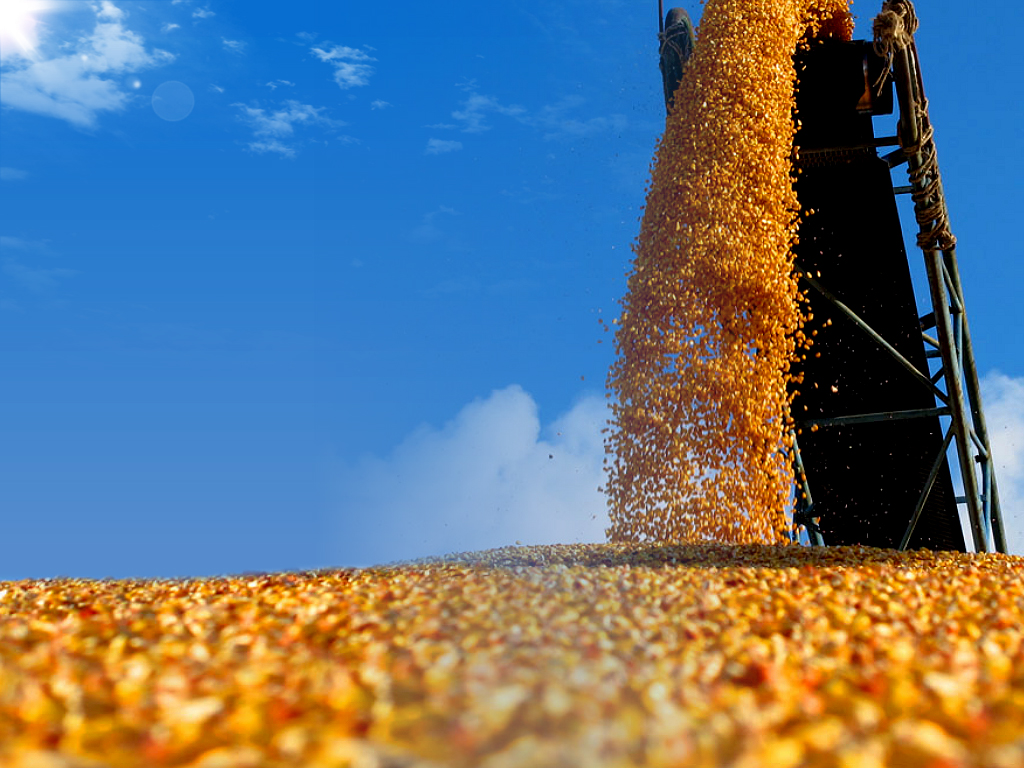Supply-side structural reform expected to ensure food security

Experts have suggested strengthening supply-side structural reform of agriculture to provide more green and high-quality food to satisfy consumers’ needs.
Recently, the General Office of the State Council issued an opinion on accelerating agricultural supply-side structural reform and promoting growth of the grain industry. It focuses on encouraging innovation and upgrading while improving quality and efficiency. The goal is to establish a more sustainable and efficient food security system.
“Though it has a relatively high level of food security, China is confronted with soaring net import of grain and other food. Consequently, a general food surplus coexists with a widening supply-demand gap of certain types of food,” said Zhang Yuanhong, a research fellow of the Rural Development Institute at the Chinese Academy of Social Sciences. Food shortages, the main issue in the past, have been replaced by structural problems. Sustainable development is also a challenge because conventional farming is increasingly resource intensive and environmentally destructive, Zhang said.
The food security strategy needs to be adjusted. Quantity is no longer the priority, Zhang said. Instead, the focus should be on meeting the demand for quality through green and sustainable agriculture, he said.
He suggested the following steps for supply-side structural reform. The government should encourage upgrading and branding in the vegetable, fruit, tea, silk, floral, nursery and medicinal herb industries to facilitate restructuring. Industrial systems should also be established to integrate primary, secondary and tertiary industries, extending the industrial value chain.
In addition, agricultural operation systems should be reconstructed by developing new players in agribusiness—expert farmers, farmers’ cooperatives and flagship enterprises—and promoting moderate-scale operation. It is also necessary to transform the production model. We should reduce using fertilizers, adopt an efficient eco-agriculture model, and push for crop rotation and fallow systems, Zhang said.
“Supply-side structural reform of agriculture should start with food to establish an effective and safe supply of food,” said Zhang Junbiao, deputy director of the College of Economics and Management at Huazhong Agricultural University. An effective and safe supply of food requires work on its industrial economic system. More green and high-quality food should be provided to satisfy consumer needs, he said.
Another priority of the opinion is to generate income for farmers. Zhong Yu, a research fellow of the Institute of Agricultural Economics and Development at the Chinese Academy of Agricultural Sciences, said that integration of the three industries must be accelerated to add value and efficiency to agriculture.
More opportunities for business startups and jobs, and deepened reform of rural property rights will empower farmers to increase their earnings. Protective measures, such as subsidies to protect food production capacity and arable land restoration, are recommended. We should also develop competitive industries that are suitable to local conditions to help low-income rural population alleviate or get out of poverty, Zhong said.
After all, to generate income it is necessary to maximize the value of agricultural products, especially food products, which form the core of agriculture. To this end, Zhang Junbiao said we should restructure production constantly to adapt to the trend of consumption. We can also provide more job opportunities by extending the food industry chain and share benefits of food processing with farmers.
